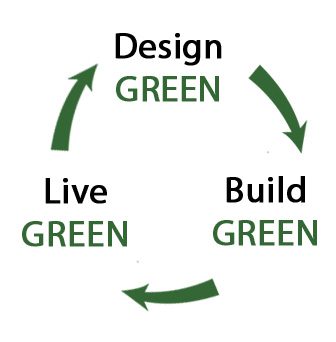 It is often said in our household (particularly on birthdays) that “you are only as old as you feel”. The truth of the matter is that we are all aging-in-place every day. Most Gen X’ers have (or are currently) dealing with aging parents and their living situations. So why has it taken so long for us to accept the inevitable about our own accommodations?
It is often said in our household (particularly on birthdays) that “you are only as old as you feel”. The truth of the matter is that we are all aging-in-place every day. Most Gen X’ers have (or are currently) dealing with aging parents and their living situations. So why has it taken so long for us to accept the inevitable about our own accommodations?
One sunny afternoon I sat down with the Smith’s (soon-to-retire clients of ours) and explained our mantra that if we are going to design+build a home for them, then we should do it right, with no regrets. One of the considerations that we make on every home is for our client to be able to age-in-place. I looked across the table and noticed that their eyebrows raised and they responded somewhat defensively with “do you think we are that old”? I reassured them that I was not speaking of their current health situation but wanted to be able to deliver a home for them that (1) allowed them to live in the home as long as they needed without being forced into a retirement home, and (2) that the home would be comfortable for anyone who chose to visit including parents, neighbors, and friends. They put their trust in me and we continued on with the design of their soon-to-be beautiful (and barrier free) home.
If you are like the majority of Americans over the age of 55, you want to find that perfect retirement spot and then be able to continue living in that familiar environment throughout your maturing years. According to the AARP, older home owners overwhelmingly prefer to age-in-place, which means living in your home safely, independently and comfortably, regardless of age or ability level.
Access to aging-in-place homes is on a limited supply, and often, the result is that we are forced out of our own homes and into an assisted living facility. Odds are high that someone in your family will need a nursing home sooner or later. More than two-thirds of people over age 65 will require some type of long-term care services during their lifetime, and over 45 percent of people will need a period of care in a nursing home, according to the Centers for Medicare and Medicaid Services. The cost of that care can financially cripple a family. But there are steps you can take – design and build (or renovate) a home that will accommodate your needs and allow for an in-home caretaker.
We all enjoy where we live in the mountains however, due to the topography, finding a barrier-free home can be very challenging here. I explain to our clients that through our extensive design process, we consider ingress/egress, wider doorways, curbless showers, specific types of handles, blocking for grab bars, an extra emphasis on lighting, and the possible use of an elevator. (My clients are often surprised when I tell them that we can install an elevator for much less than building an extra bedroom on the main level.) We also design in a “flex” room which can be used as a home office or a future bedroom for a caregiver.
Close to one year went by before the Smiths began their move to Asheville. We received a call from the Smith’s that their adult daughter had moved home with them and had recently broken her ankle. To everyone’s surprise, the move went incredibly smooth as the daughter was able to get around anywhere in the house (on crutches) with ease. So, whether it is your hip, knees, or ankle that gives out, the satisfaction of forward thinking and a job well done, will pay off and save you money and comfort in the end. Just ask the Smith’s, they immediately became our greatest sales team.

